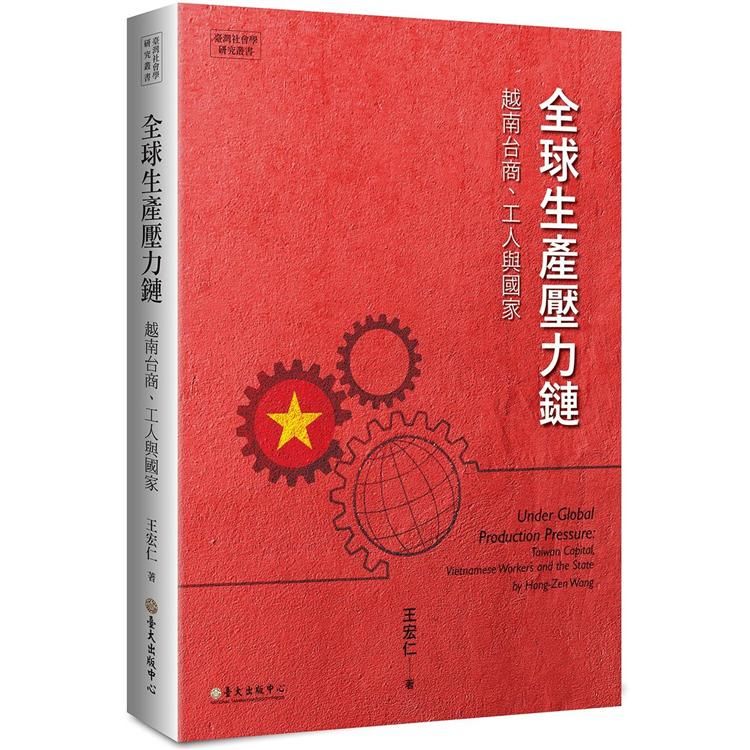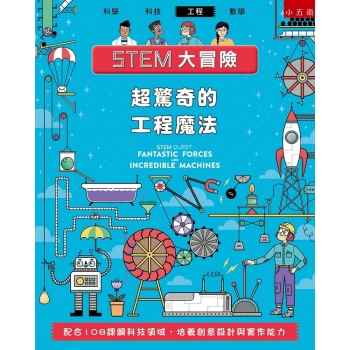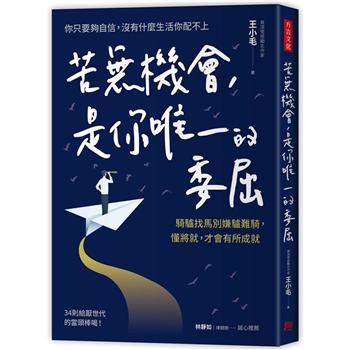圖書名稱:全球生產壓力鏈
越南,不是小中國,台商去越南投資後才驚覺,在中國那一套管理方式套用在越南,完全沒用。本書認為,越南是「防禦型的威權政體」,跟中國「侵略式的威權體制」不同,台商必須以柔性方式來進行勞動管理。
透過「全球生產壓力鏈」的概念,我們可以理解台商卡在全球資本主義生產體系的特定位置,以及為了因應越南勞動政策、族群與性別差異,而採行的工廠勞動管理。「結構破洞」的概念,則讓我們看到矛盾的結構力量,如何讓不同族群、性別的工人,有機會以各種行動來抵抗資本的控制。
本書以經濟社會學之眼,來理解越南社會和台商的組織運作,對於東南亞政治經濟或社會文化感興趣的讀者,或希望到台商公司工作的人,或想理解全球資本如何運作的學子,本書詳實的一手資料皆可提供相關的啟發。
By using the concept of global production pressure chains, the book expounds how the global production networks affect the labour conditions in the third world factory, taking Vietnam as an example.
Under the global production pressure, Vietnamese workers are not submissive. They actively exploit different social spaces, or structural cracks, created by different contradictory structural forces, to fight against the capital domination. It compares the role of Vietnamese and Chinese states in the labour disputes process caused by the global production chains, and contends that the former as “defensive” while the latter “aggressive” to intervene the process.
This is a comprehensive book linking dominant Western capital, Asian semi-peripheral capital, and the third world worker to illustrate how the current neo-liberal capitalist system functions in a remote Asian country for capital accumulation and the rise of worker's resistance. This is the first book to discuss the impact of Asian semi-peripheral capital on the labour standards in the global production system.










